Kedarnath Dham is situated in the Rudraprayag district at the Indian state of Uttarakhand, is one of the most supreme places for Lord Shiva’s devotees (Bhole Bhakts). The charm of this place is so much that Shiv devotees and other travellers from every corner of the world visit to get sight of Lord Shiva. Everything is beautiful about this destination, either its journey or Kedarnath temple, the positive and religious atmosphere, and natural surrounding.
Indiaimagine readers, let’s start the divine tour of Kedarnath Dham
Quick Glance at Kedarnath
This breathtaking destination is situated at the roots of the Mandakini River at the height of 6,940m at the Garhwal Himalayas and worships the prominence of Lord Shiva. Kedarnath is considered one of the most religious sites of Hindus and it houses the renowned Kedarnath temple. You will get vibes of breathing fresh air after reaching Kedarnath which is reverberating with the name of Lord Shiva between the magnificent snow-clad mountains enchanting meadows and forests of the lower mountain range of Himalayas.
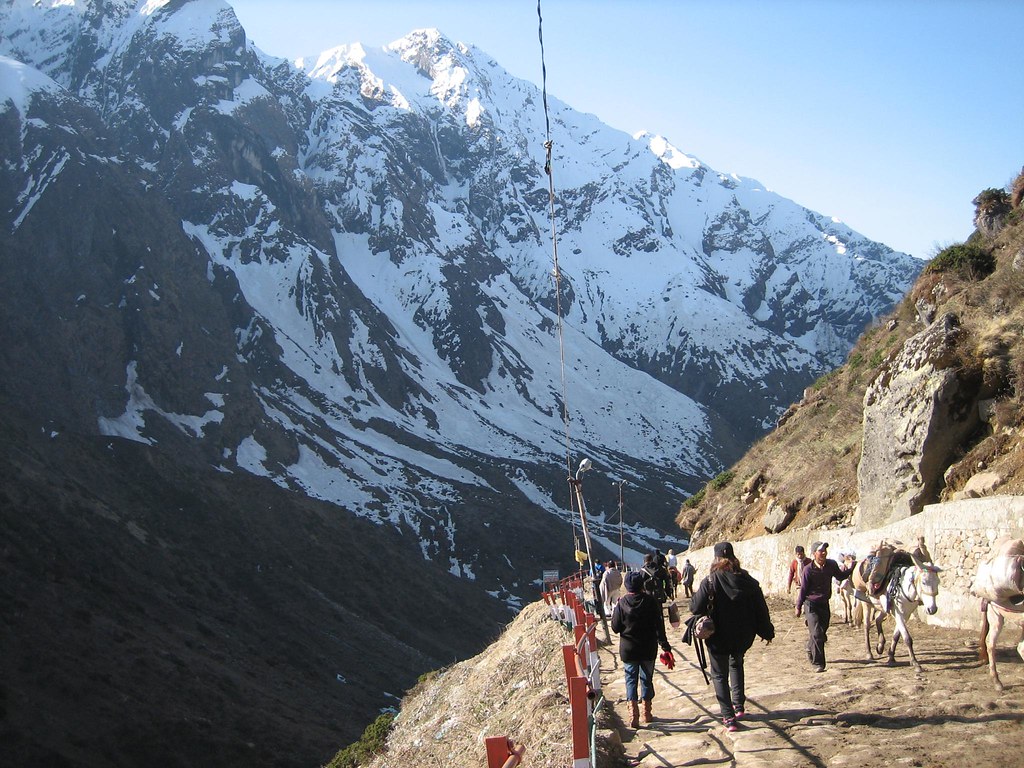
The journey of reaching Kedarnath is quite difficult but it gets balanced with the spiritual environment created by the untouched, pleasant and splendid scenery of the area. The majestic peak of Kedarnath stands behind the temple of Kedarnath along with other hills, creating the ideal backdrop for the holy land of the supreme deity i.e Lord Shiva.
Here are some of the places to visit in Kedarnath:
- Kedarnath Temple
- Gauri Kund
- Triyuginarayan Temple
- Chorabari Tal
- Bhairav Temple
- Vasuki Tal
So let’s explore all the top attractions of Kedarnath
Kedarnath Temple
As stated above Kedarnath temple is one of the most divine temples of Uttarakhand as well of India. This grand and impressive Temple of Lord Shiva is made of grey stone. It is believed that this temple was erected by the Pandavas and it is one of the oldest temples of the country. Kedarnath temple is one of the 12 Jyotir Lings and is also the most important temple among the Panch Kedars (a group of 5 Shiva temples). The cone-shaped ‘Shiva Lingam’ in the temple of Kedarnath is the unique aspect of the temple among all Shiva shrines.
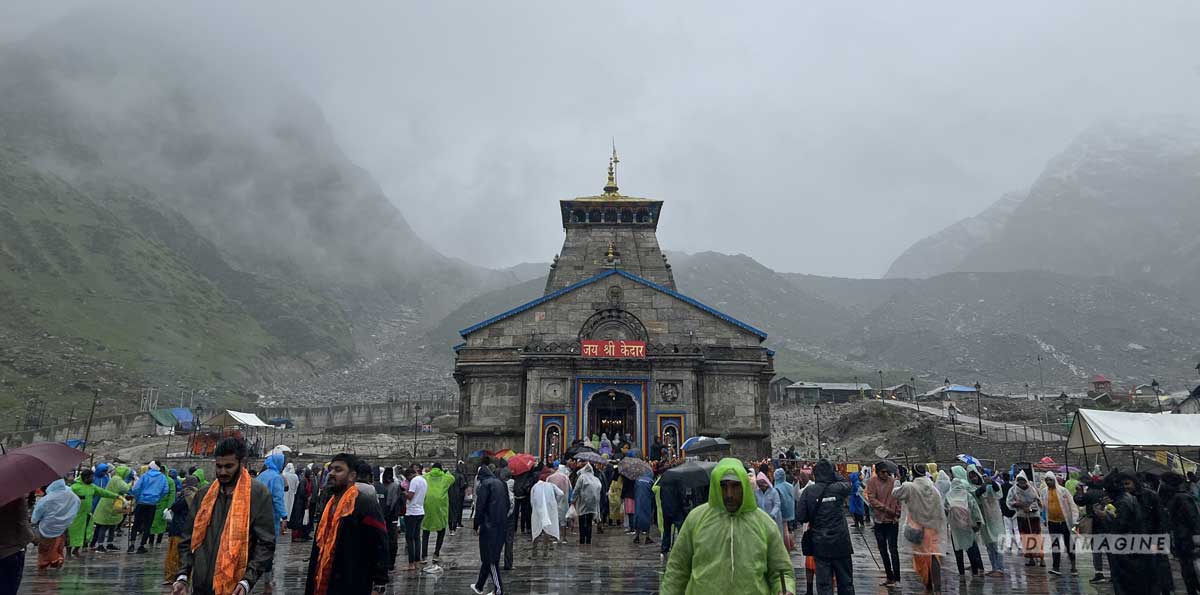
To reach this temple you have to surpass the lush beauty of nature and trek hills around 14 km from Gauri Kund edge. The paved and steep path gifts the pilgrims the fantastic views of snowy-peaks, alpine meadows and delightful forests of rhododendrons. A large stone statue of Nandi Bull stares at the shrine, guarding it, sitting right opposite it. The elevated and rocky path offers spectacular views of the temple from snow-covered hills, mountain meadows and lovely deciduous trees. A large Nandi Bull stone statue facing shrine which protects it and sitting in front of it.
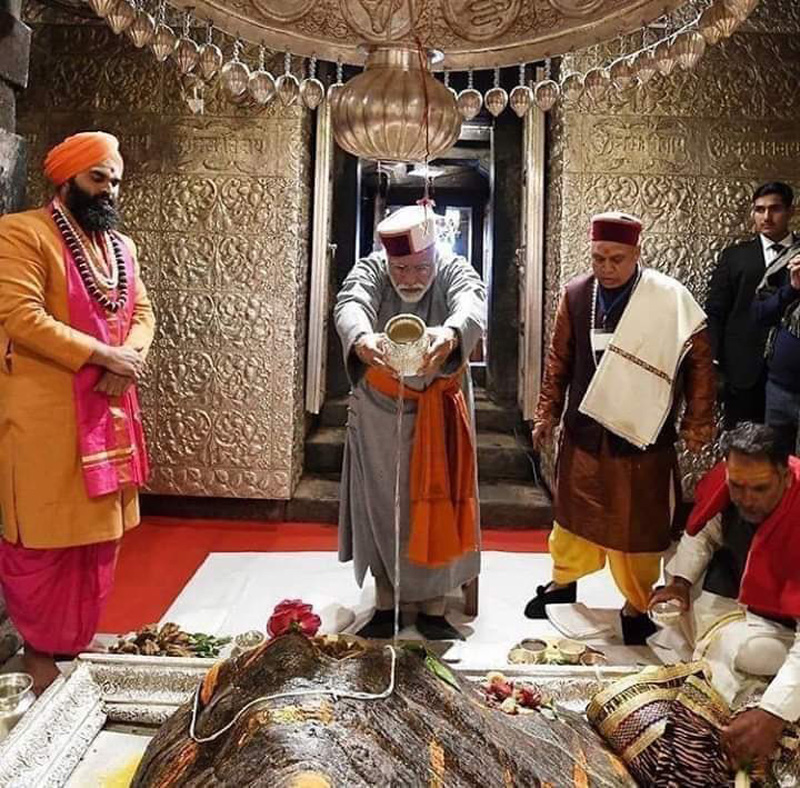
There is one ‘Garbha Graha’ which houses the main statue of Lord Shiva. The idols of Lord Krishna, Pandavas, Draupadi and Kunti find a space in the Mandapa section of the shrine. For more than a thousand years, the temple has stood up to natural calamities such as avalanches, earthquakes and floods and still stands as powerful and elegant as it originally might have been.
Chronicles of Kedarnath Temple
As per Hindu mythology and ‘Mahabharata’, it is believed that Pandavas asked Lord Shiva to release themselves from the sin of killing their family members & relatives. However, Shiva didn’t want to release them from their sins, so he covered himself as a bull and started roaming the Garhwal Himalayas. But Pandavas somehow discovered Lord Shiva, as a result of this Shiva goes underground. Just Bhim could continue to keep his hump. Many parts of Shiva’s body in the shape of a bull turned up at different locations. The hump of the bull was identified in Kedarnath, the navel appeared in Madhya-Maheshwar, two forelegs appeared in Tungnath, the nose in Rudranath, and the hair in Kalpeshwar. Initially, Pandavas built the temple of Kedarnath & later temple was placed by Adi Shankaracharya, who revived the glory of the shrine in the 8th century A.D.
Also Read: Kartarpur Sahib: A New Corridor for Indian Pilgrims
Gauri Kund
Gauri Kund is situated at an altitude of 6502 feet above mean sea level in the Garhwal Himalayas. It is the beginning spot of the trekking Kedarnath Temple. According to Hindu mythology, Goddess Parvati (Gauri) meditated here for many years to marry Lord Shiva. It consists of natural hot water and provides a delightful bath to travellers before they start for the holy darshan of Kedareshwar. The sumptuous sight of the hilly regions and the rich greenery around the Mandakini River flowing nearby is a sight to behold for every trekker.
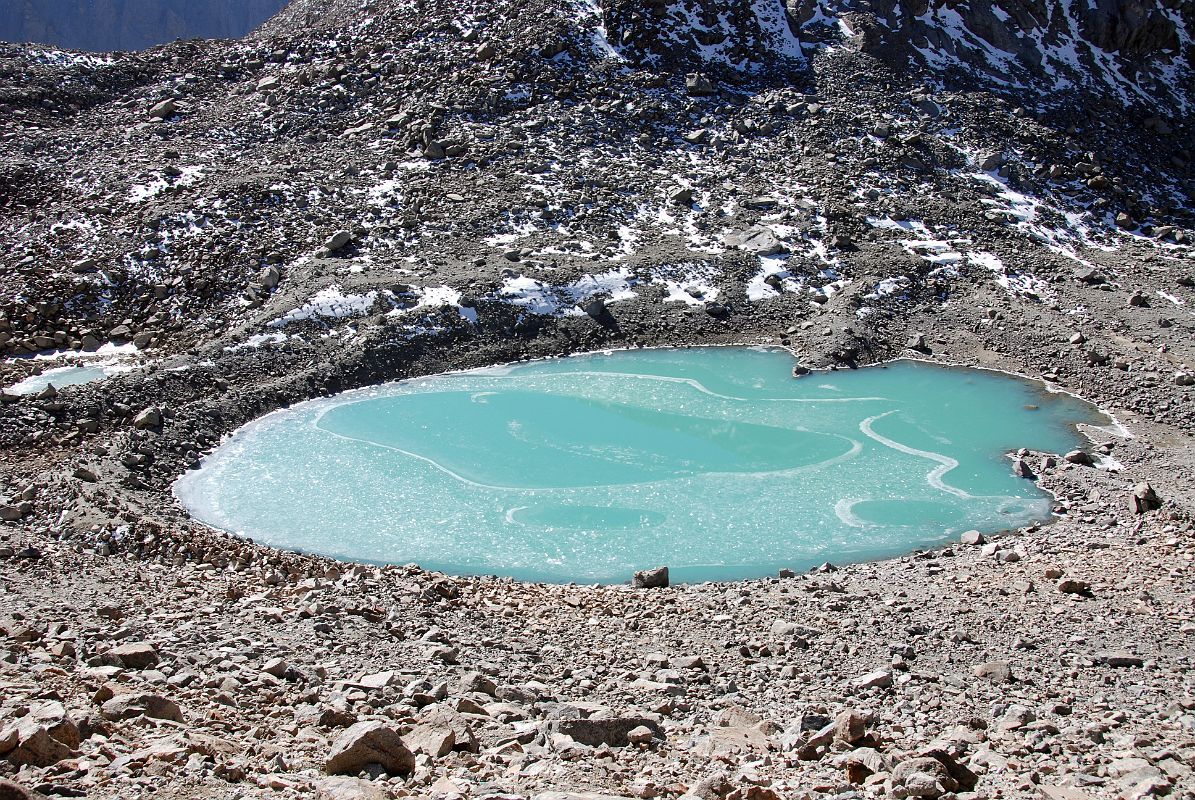
You can also watch the temple of Sirkata (headless) Ganesha about half kilometres from Gauri Kund. According to Skanda Purana, this was the place where Shiva beheaded Ganesha and then attached the head of an elephant on his headless body.
Triyugi Narayan Temple
Triyuginarayan is s picturesque village is perched at a height of 1,980 and offers panoramic views of snow-covered mountains of the majestic Garhwal region. It is this village where Lord Shiva and Goddess Parvati’s wedding took place. And it is also said that the wedding took places in the presence of Lord Vishnu and he performed all the rituals thus, The Triyuginarayan Temple is constructed in honour of him.
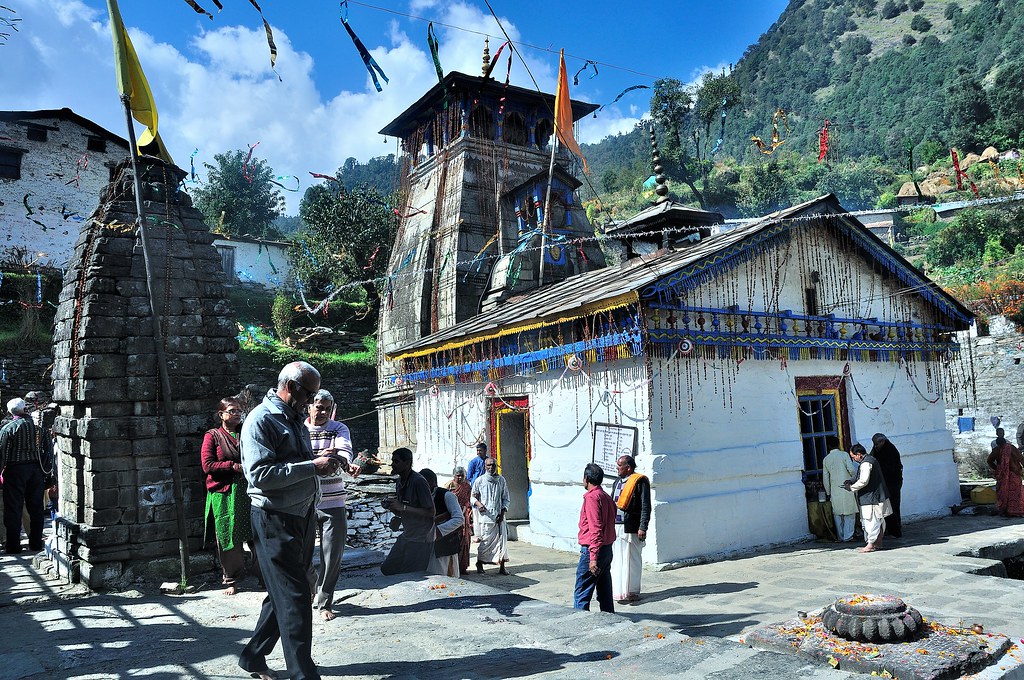
You can also observe the ‘Brahma Shila in front of the temple, Rudra Kund, Vishnu Kund, Brahma Kund and Saraswati kind which originated from the navel of Lord Vishnu. All these Kunds are sacred and thus devotees take a holy bath before entering the Triyugi Narayan Temple. The architecture of this temple resembles that of Badrinath shrine.
Chorabari Tal
Supported by Chorabari glacier, the serene and pristine Chorabari Lake can be reached after trekking around 4 km from the Kedarnath Dham.
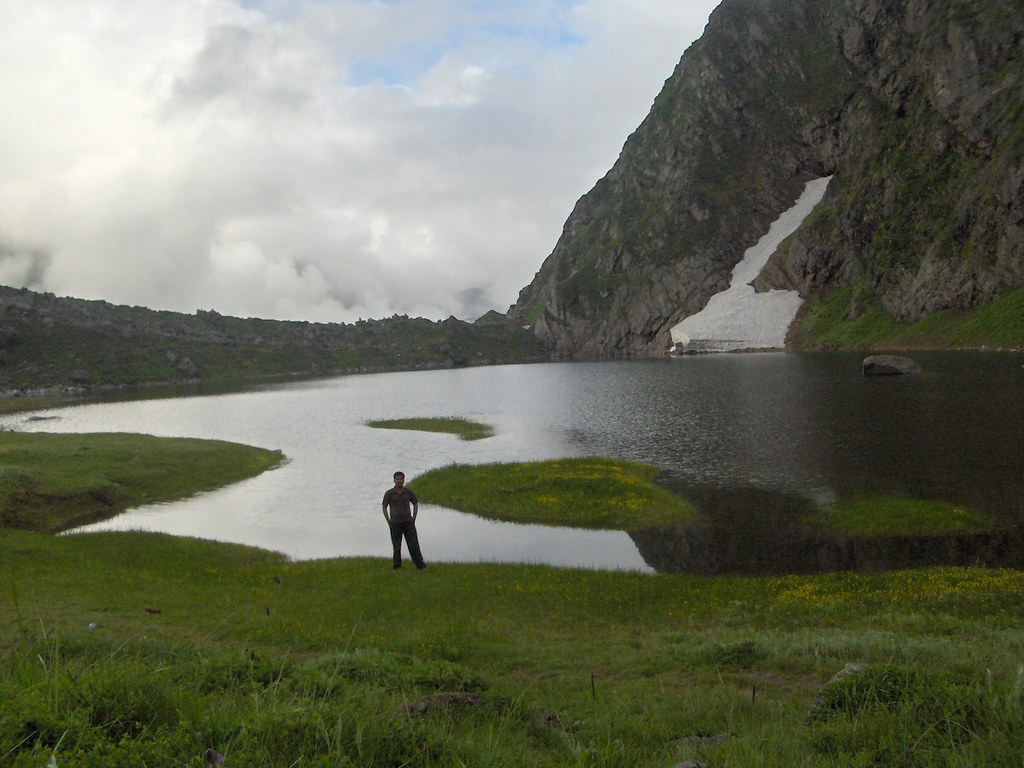
It is also known as Gandhi Sarovar as some of the ashes of Mahatma Gandhi were drowned in this lake. While crossing this lake you will also observe a waterfall which looks mesmerising.
Bhairav Temple
Bhairava is also known as ‘Kshetrapal’ who is the protector of the Kedarnath Temple. In the south side of the Kedarnath temple complex, there is another ancient temple. This temple is also known as Bhairon Baba Mandir and dedicated to Bhairav Nath, who is believed to be the one who guards the temple compound when the shrine is closed in the winter season.
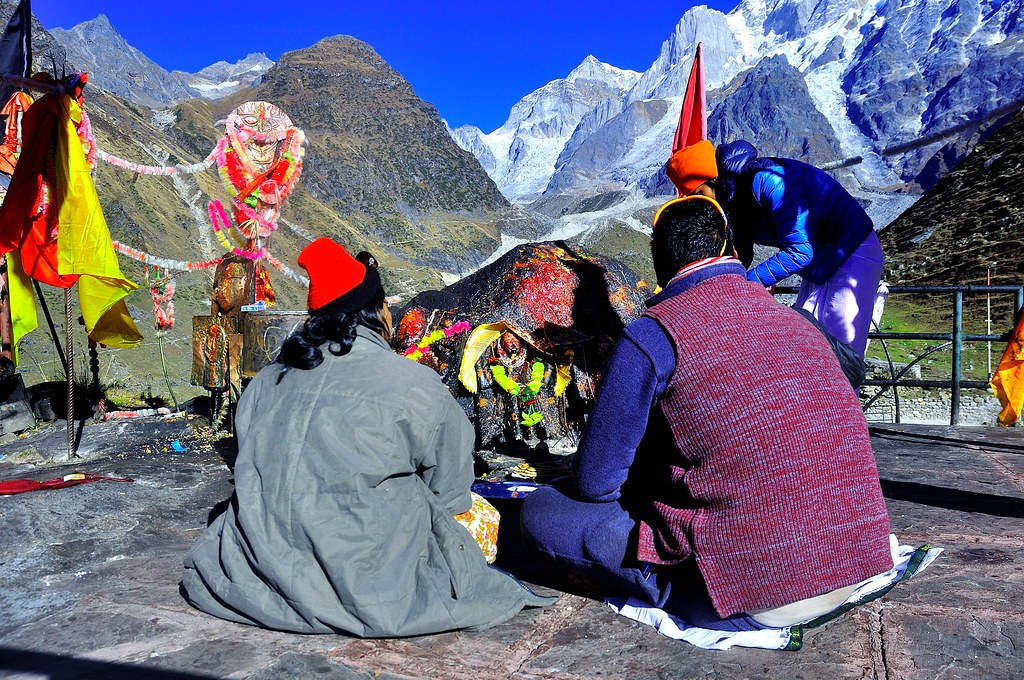
The temple is dedicated to Bhairav; the intense demonstration of Lord Shiva connected with destruction and devastation.
Vasuki Tal
This crystal clear blue-water Vasuki Tal (lake) is situated at the height of 3,135 m and around about 8 km from Kedarnath temple. Trekking Vasuki is very difficult and involves going beyond glaciers, but the track among the pristine Himalayas worth watching after this difficult trek.
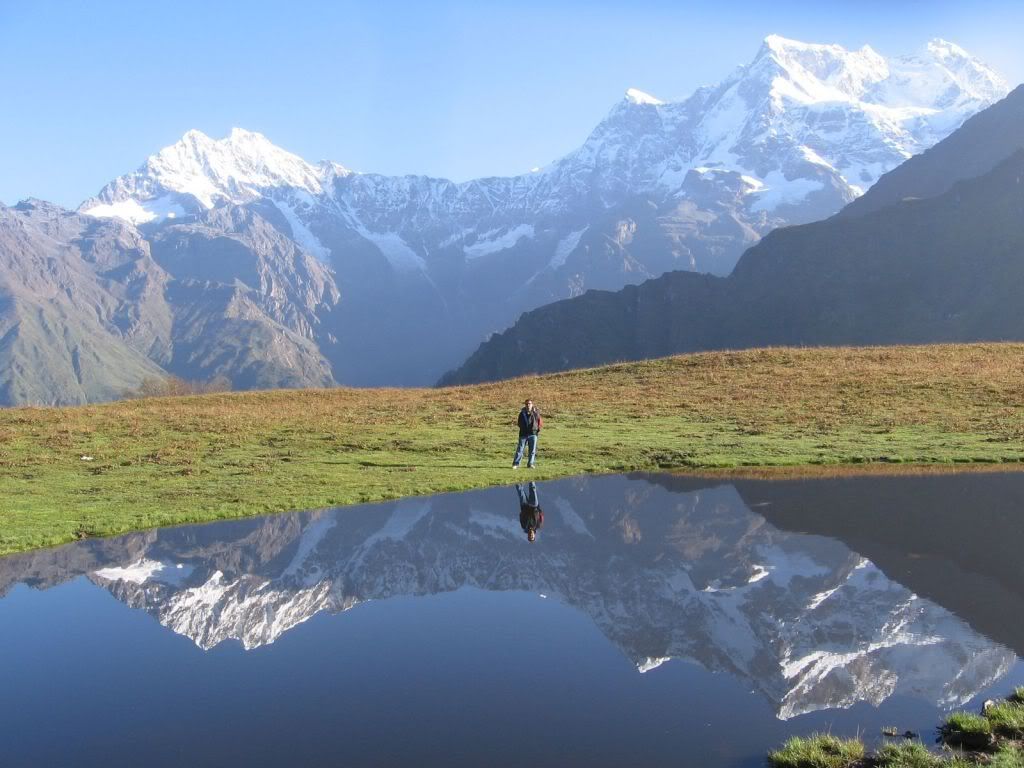
So I’m summing up here, but remember the climatic conditions of Kedarnath Dham are mostly cold throughout the year but May to June and September to October are the best time to visit Kedarnath. But monsoons fall from July to August and carry heavy rainfall, causing landslides and obstruction. So, it’s better to avoid the rainy season.

